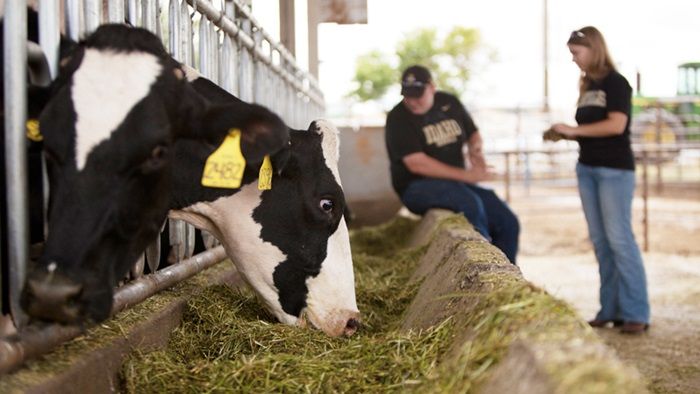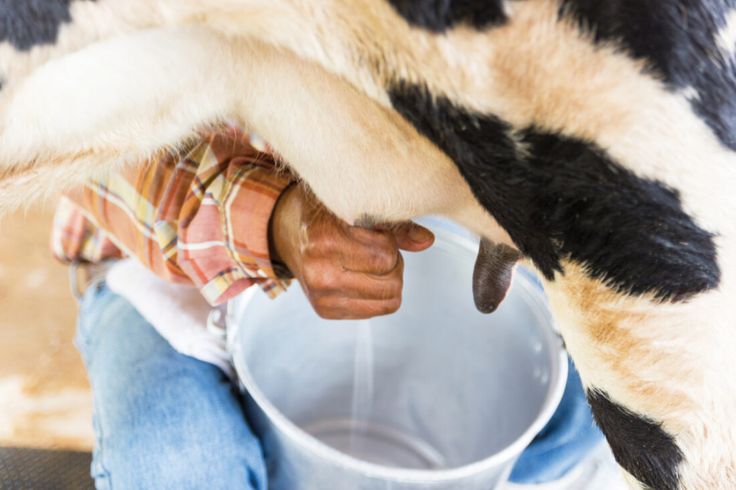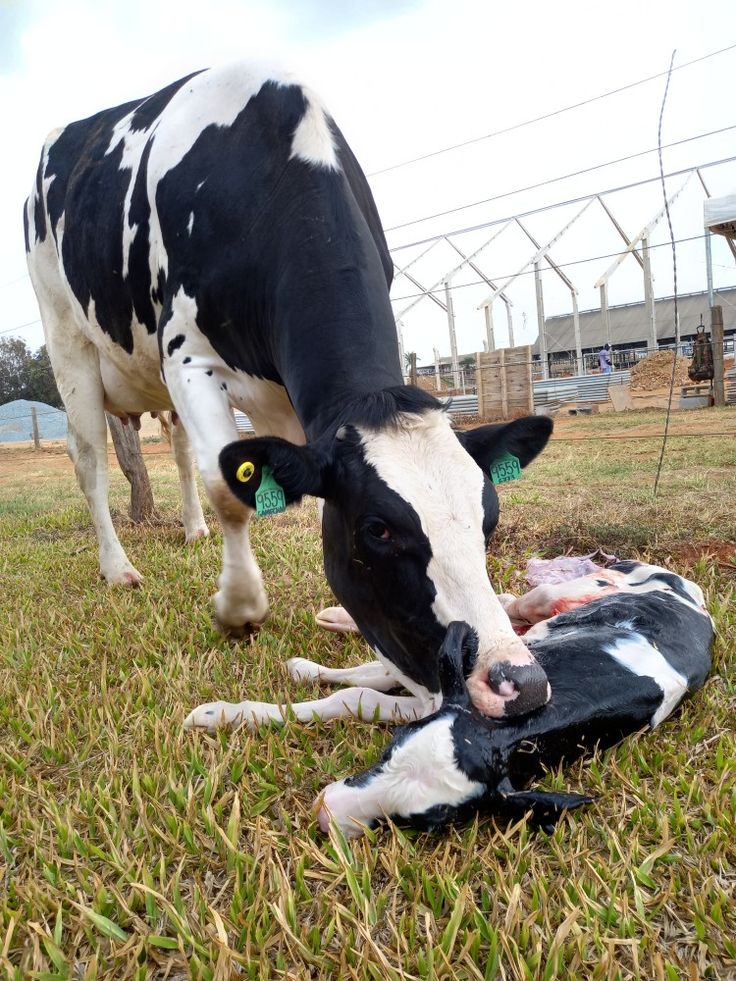Milk yield is a key indicator of dairy farm productivity and profitability. Various factors influence how much milk a cow produces, including genetics, nutrition, environmental conditions, and overall herd management. Understanding and optimizing these factors can help farmers maximize milk production while maintaining herd health and welfare.
1. Genetics and Breed
The genetic makeup of a cow plays a significant role in its milk production potential. High-yielding breeds like Holstein-Friesians are known for their exceptional milk output, while breeds like Jerseys excel in milk quality with higher fat and protein content. Selective breeding programs and artificial insemination can enhance desirable traits, such as higher yield and disease resistance.

2. Nutrition
Proper nutrition is critical for optimal milk yield. A balanced diet containing high-quality roughage, grains, proteins, and mineral supplements ensures cows receive the energy and nutrients needed for milk production. Poor-quality feed or nutritional imbalances can lead to reduced milk yields and health problems. Regularly analyzing feed quality and adjusting rations based on lactation stages is essential.

Note; At Kimd Group of Companies, we support beginner farmers by offering tailored business proposal writing services and design plans for various animal capacities. Therefore whether you’re just starting out or looking to expand, we provide the resources and expertise to help you succeed in the farming industry.
3. Lactation Cycle
Milk production fluctuates throughout a cow’s lactation cycle. Yield is highest shortly after calving and gradually decreases over time. Proper management during the dry period and early lactation is crucial to maintain high production levels. Ensuring cows receive adequate nutrition and rest during the dry period helps them recover and prepare for the next lactation.

4. Cow Health and Welfare
Healthy cows are more productive. Diseases like mastitis, lameness, and metabolic disorders significantly reduce milk yield. Regular health checks, vaccinations, and prompt treatment of illnesses are necessary. Comfortable housing, clean bedding, and stress-free handling also contribute to improved productivity.
5. Milking Practices
Consistent and gentle milking practices influence milk yield. Milking cows at regular intervals, usually twice or thrice daily, ensures a steady milk flow. Over-milking or inconsistent schedules can stress cows and reduce production. Keeping milking equipment clean and well-maintained prevents infections like mastitis, which can compromise yield.

6. Environmental Conditions
Extreme temperatures, humidity, and poor ventilation can negatively impact milk production. Heat stress, in particular, reduces feed intake and milk yield. Providing cooling systems, such as fans or sprinklers, during hot weather and ensuring adequate shelter in colder months can help cows remain comfortable and productive.
7. Reproductive Performance
Reproductive health affects milk yield, as cows need to calve to begin lactation. Poor fertility or extended calving intervals reduce milk production over time. Monitoring reproductive performance and addressing issues like delayed conception or calving difficulties ensures consistent milk output.

Conclusion
Milk yield is influenced by a combination of genetics, nutrition, health, management practices, and environmental factors. By addressing these aspects and adopting a proactive approach to herd management, dairy farmers can optimize production and maintain the health and well-being of their cows. Sustainable practices not only improve yields but also contribute to long-term farm profitability and success.

